If you close your eyes and picture a scientist, chances are you're seeing a man. We can't blame you, though. The assumption that science and innovation is a "men-only club" is still going strong. And women's contributions to science? Often treated like mere extras in a testosterone-filled blockbuster. This unfortunate perception has persisted, even after Charles M. Vest, MIT's former president, publicly acknowledged the rampant gender discrimination within his own institution. At MIT, women had fewer resources, earned lower salaries, and their influence... Let's just say they didn't have a front-row seat at the scientific symposium.
But there's a whole universe of things invented by women that changed the world in profound ways. Women have not just been a part of the STEM narrative but are often the authors of some of its most transformative chapters. Still scratching your head and wondering, "What have women invented?" Here's a sneak peek.
Got lost in the middle of nowhere during a road trip? We have Dr. Gladys West to thank for her work on the development of GPS. How about the wonder-material Kevlar, five times stronger than steel, used in everything from bike tires to bulletproof vests? That's Stephanie Kwolek's brainchild. Not forgetting the ever-practical dishwasher, brought to you by Josephine Cochrane. Next time you feel grateful for everyday conveniences that make your life so much easier, don't just assume there's a "he" behind these famous inventions. There's a good chance it may be a woman who used her brains, creativity, and tenacity to find a concrete solution to a shared problem.
Here's to celebrating the work of these unsung (s)heroes: the innovative women who've propelled humanity forward, one patent at a time! Our list features some of the most famous women inventors of our past who contributed greatly to science and technology. Plus, we'll highlight today's most noteworthy women in STEM who, standing on the shoulders of their brilliant predecessors, are actively shaping the world of tomorrow.
#1 Margaret Eloise Knight – Paper Bag
Margaret Eloise Knight is known for inventing a machine that could shape and glue paper into a flat-bottomed bag. The popularity of her invention caught the eye of a man who stole her idea to patent it himself. When Knight took him to court, he stated that a woman "could not possibly understand such mechanical complexities." Knight won the case by proving that she had designed the machine, earning herself the right to patent it. She invented over 100 machines during her career and patented 20 of them.
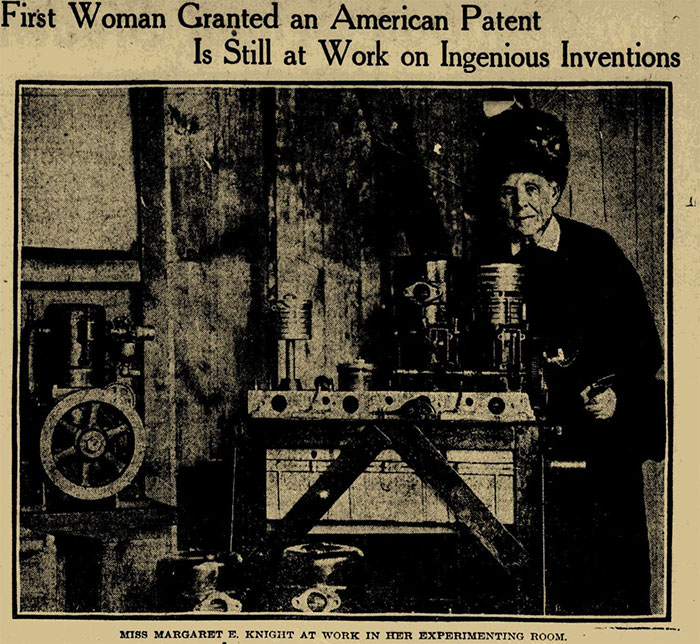
Image credits: Boston Sunday Post
#2 Katalin Karikó – Modify Messenger Ribonucleic Acid
Katalin Karikó, a Hungarian American biochemist, developed a way to modify messenger ribonucleic acid (mRNA) for safe use in humans. This innovation laid the foundation for mRNA-based vaccines, including the COVID-19 vaccine, and heralded prospective therapies for cancer and heart disease.
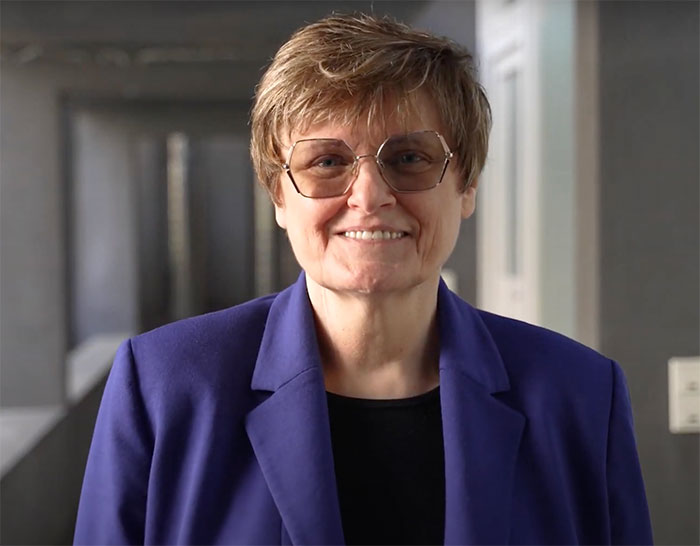
Image credits: European Patent Office
#3 Hedy Lamarr – Frequency-Hopping Technology
Hedy Lamarr was a glamorous black-and-white film star, but did you know she was also a gifted inventor? She worked with a composer to develop the principle of "frequency hopping," an innovation aimed at preventing torpedo control signals from being jammed by enemies. Even more impressively, this technology became the foundation for many modern-day inventions, including GPS and our precious Wi-Fi.
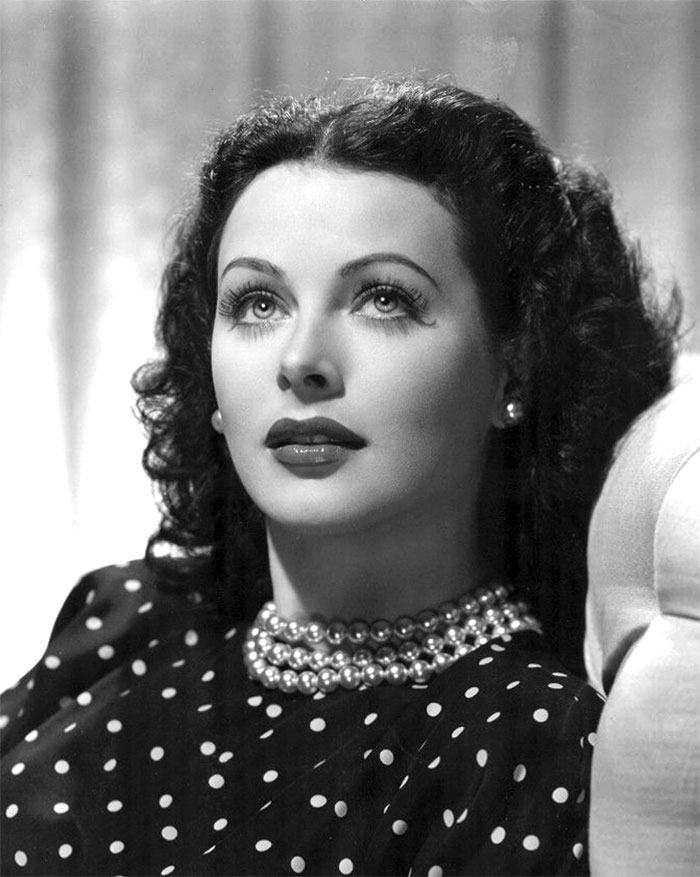
Image credits: commons.wikimedia.org
#4 Helen Lee – DNA-Based Instant Blood Diagnostic Kit
Chinese medical researcher Helen Lee developed an instant blood diagnostic kit based on DNA that can immediately detect infectious diseases like HIV, hepatitis B, and chlamydia. Her test cartridges, unlike others, don't necessitate cold storage or transportation, making them ideal for regions with limited technical infrastructure.
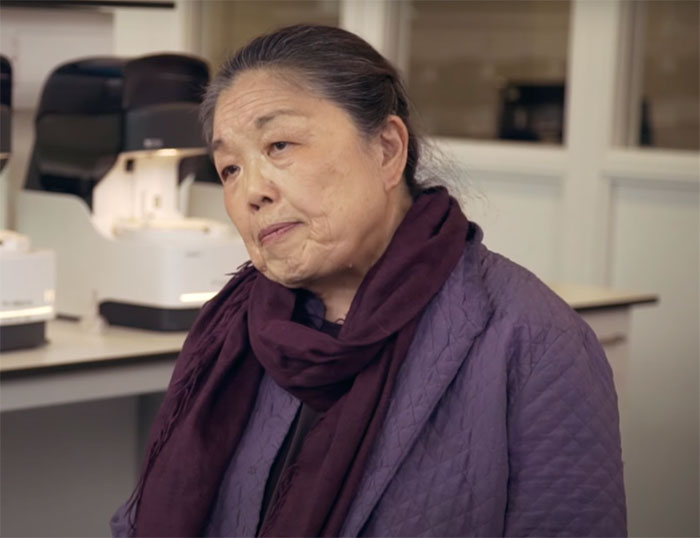
Image credits: European Patent Office
#5 Gertrude B. Elion – The Woman Who Made Organ Transplants Possible
Gertrude B. Elion was the biochemist and pharmacologist behind multiple curative treatments. Her work contributed to the development of treatments for viral diseases, including one of the first treatments for AIDS. Last but not least, she's behind the creation of azathioprine, the first immunosuppressive used to fight rejection following an organ transplant — one of the greatest medical advances in centuries.
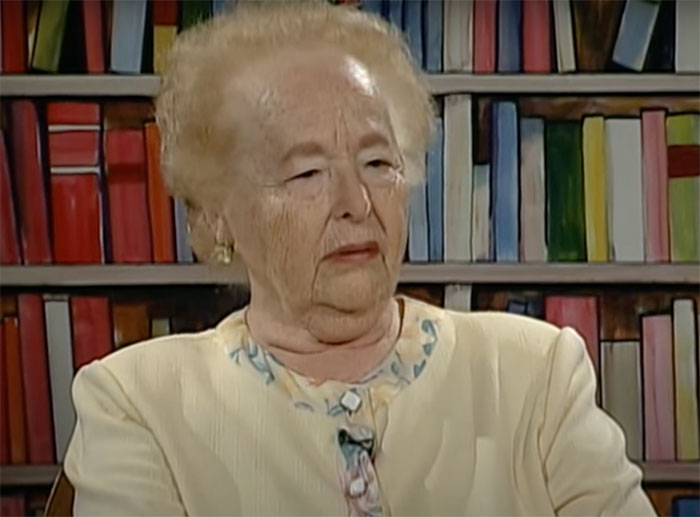
Image credits: CUNY TV
#6 Gladys West – Global Positioning System (GPS)
In 1978, Gladys West became the project manager of Seasat, the first satellite to monitor the changing conditions and features of the oceans. Her work eventually evolved into GEOSAT, a satellite that could create models of the surface of the Earth. With her team, she developed a program to compute satellite orbits with extreme accuracy, assisting in the formulation of a mathematical representation of Earth's shape, the geoid. The geoid is a critical component of GPS technology, used to determine the precise location of a GPS receiver on the Earth's surface.
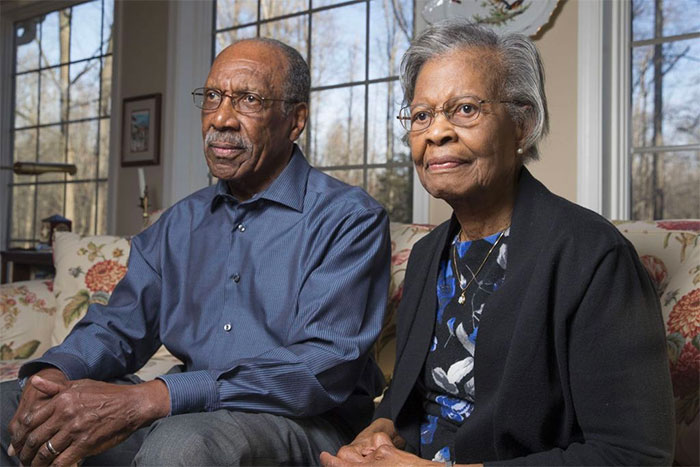
Image credits: commons.wikimedia.org
#7 Laura Van 'T Veer – Gene-Based Breast Cancer Test
Dutch biologist Laura van 't Veer developed a gene-based breast cancer test. The test scrutinizes tumor tissue to evaluate the 10-year risk of cancer recurrence, effectively distinguishing high-risk patients needing chemotherapy from low-risk patients who can avoid toxic chemical treatments.
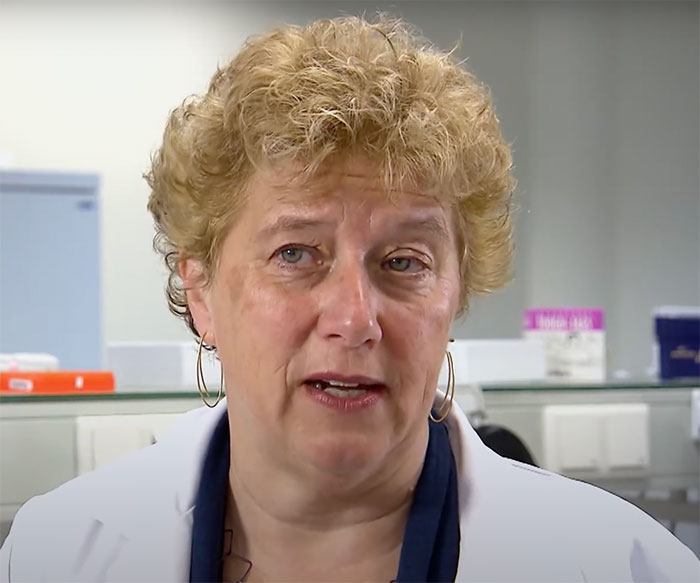
Image credits: European Patent Office
#8 Catia Bastioli – Biodegradable Plastics
Italian researcher Catia Bastioli found a way to create biodegradable plastics from waste and agricultural raw materials. Her starch-based shopping bags can be processed similarly to regular plastics but decompose within weeks when composted. Made from crops, they reduce greenhouse gas emissions and the consumption of nonrenewable resources.
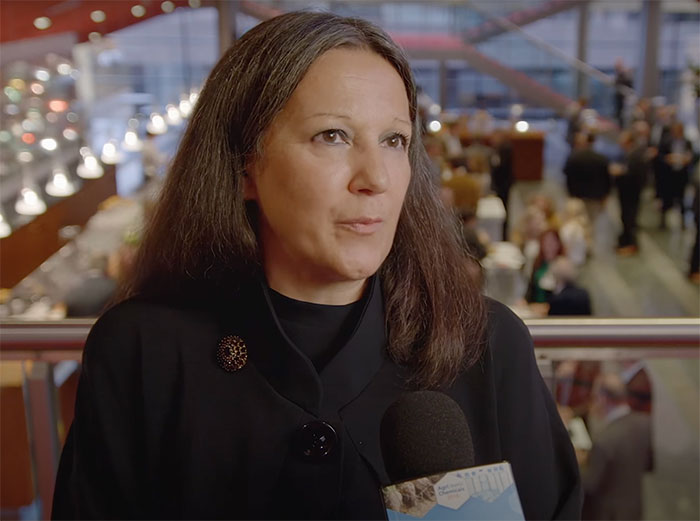
Image credits: Rabobank
#9 Ada Lovelace – The First Computer Programmer
English Countess Ada Lovelace, daughter of poet Lord Byron and mathematician Anne Isabella Noel Byron, holds a unique place in the annals of science as the first computer programmer. Her collaborations with Charles Babbage on the Difference Engine project led her to recognize the machine's potential beyond mere calculations. Lovelace was the first to publish an algorithm intended for this machine, thus earning her the title of the world's first computer programmer.
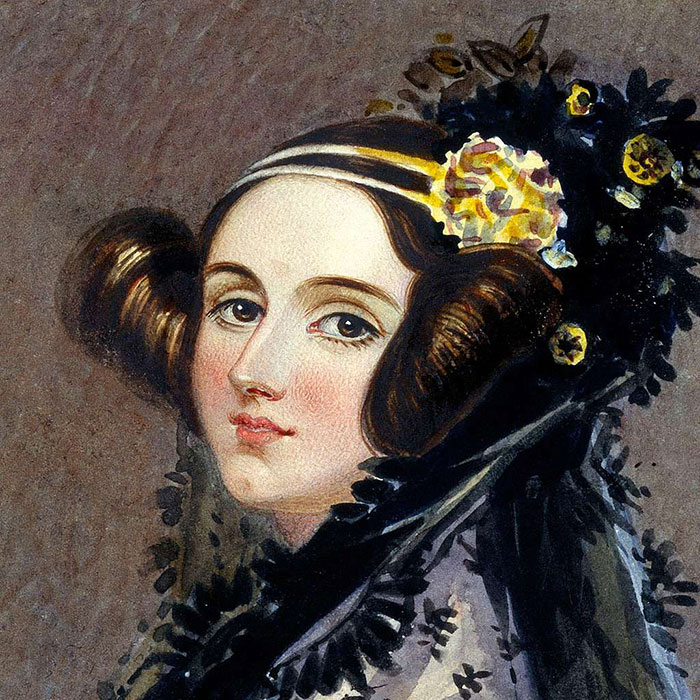
Image credits: picryl.com
#10 Katharine Burr Blodgett – Non-Reflective Glass
During World War II, Katharine Burr Blodgett was a crucial mind behind several inventions, including gas masks, smoke screens, and a technique for de-icing airplane wings. However, her work in chemistry resulted in her most important creation: non-reflective glass. This technology is used in several applications today, including eyeglasses, car windshields, and computer screens.
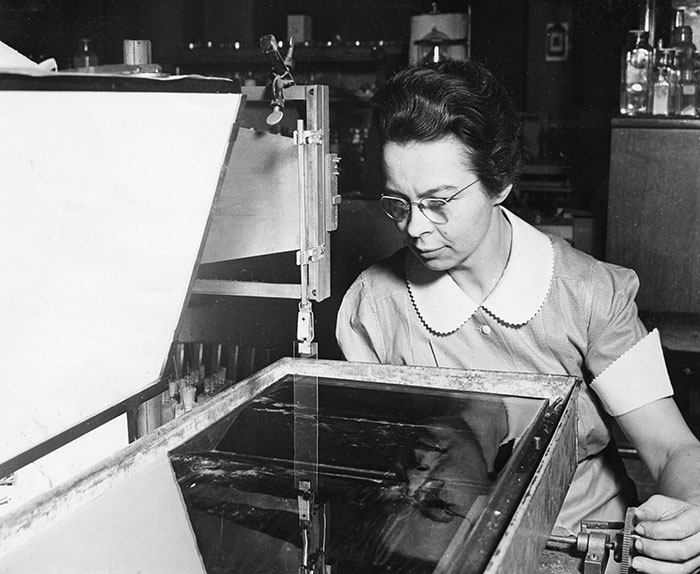
Image credits: Smithsonian Institution
#11 Rosalind Franklin – DNA Double Helix
James Watson and Francis Crick are credited with discovering the DNA double helix. Still, it was British biophysicist Rosalind Franklin's vital work that provided the proof they needed. Franklin's "Photo 51," the first photograph of a molecule captured through her expertise in X-ray diffraction, confirmed their theory. Her colleague Maurice Wilkins allegedly showed this photograph to competitors Watson and Crick without her knowledge or consent, forever attaching their name to a discovery that was never theirs.
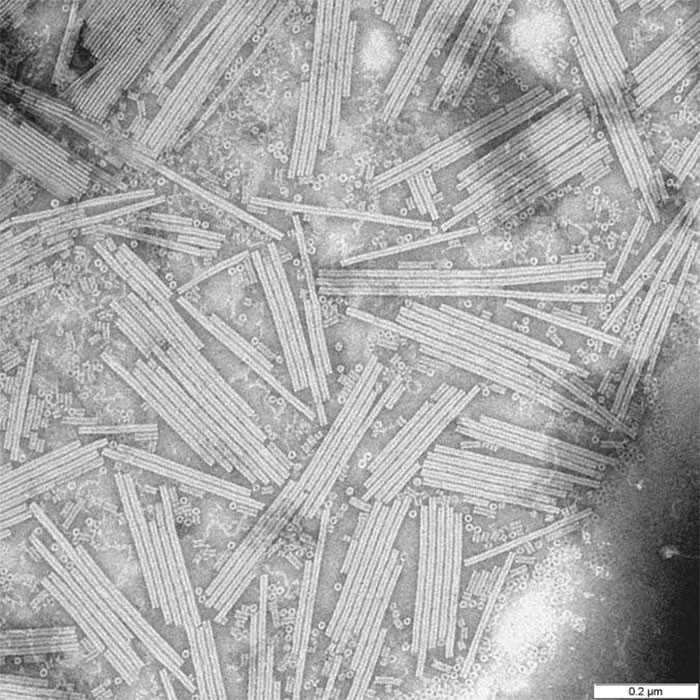
Image credits: commons.wikimedia.org
#12 Grace Hopper – Computer Programming
In 1944, Grace Hopper co-designed Harvard's behemoth Mark I computer together with Howard Aiken. Hopper's ingenuity resulted in the compiler, a transformative tool that translated written language into computer code. She's also behind the popularization of the term "debugging," born while removing a moth stuck in the device.
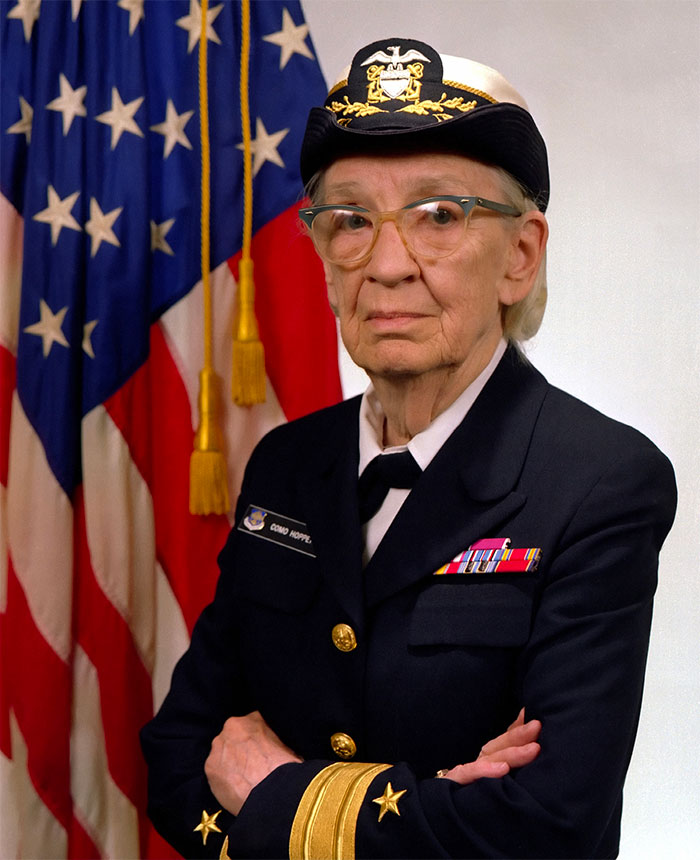
Image credits: James S. Davis
#13 Stephanie Kwolek – Kevlar
Stephanie Kwolek, a Polish American chemist, transformed material science in 1965 by inventing Kevlar. This super-material, five times stronger than steel, now underpins over 200 applications ranging from bicycle tires, body armor, and frying pans to building construction and musical instruments.
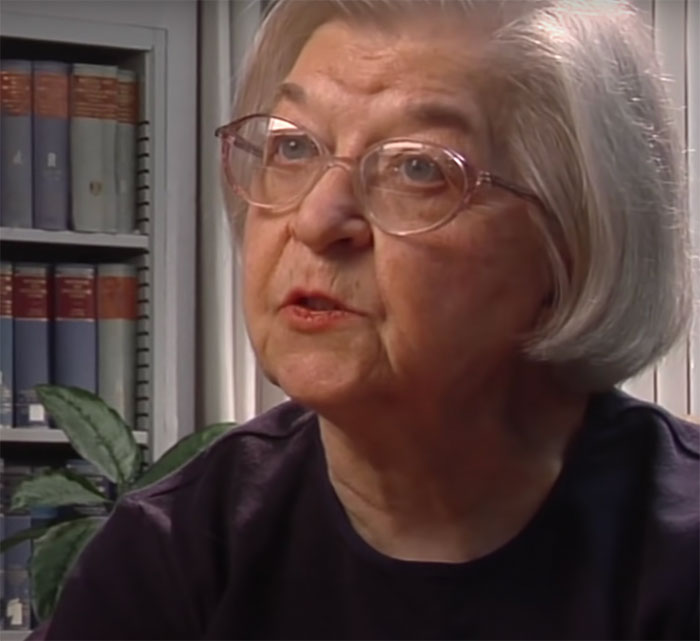
Image credits: Science History Institute
#14 Ann Lambrechts – Mixing Steel Wire Elements Into Concrete
Belgian inventor Ann Lambrechts invented a method of mixing steel wire elements into concrete, which improved structures' stability, reduced building costs, and created new architectural possibilities. Steel fiber concrete was employed to construct significant projects, like the Gotthard Base Tunnel.
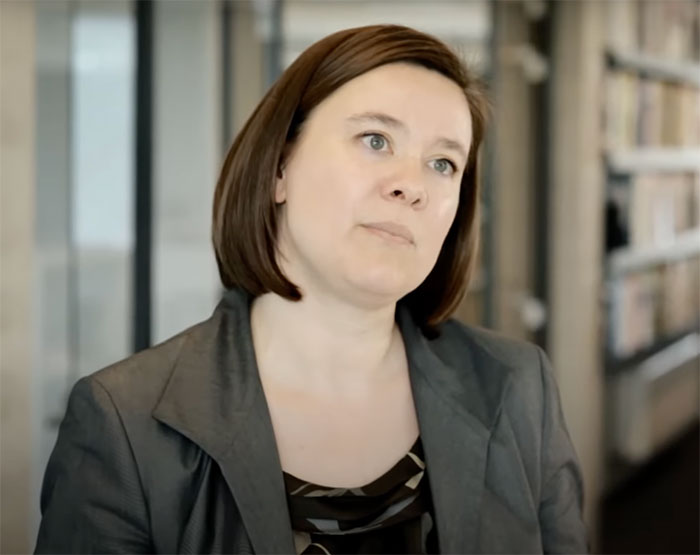
Image credits: European Patent Office
#15 Margarita Salas Falgueras – Improved DNA Replication
Spanish scientist Margarita Salas Falgueras, renowned for her research in molecular genetics, developed a more efficient, reliable, and simpler method to replicate trace amounts of DNA into quantities large enough for complete genomic testing. Her invention, utilizing phi29 DNA polymerase, is now widely employed in oncology, forensics, and archaeology.
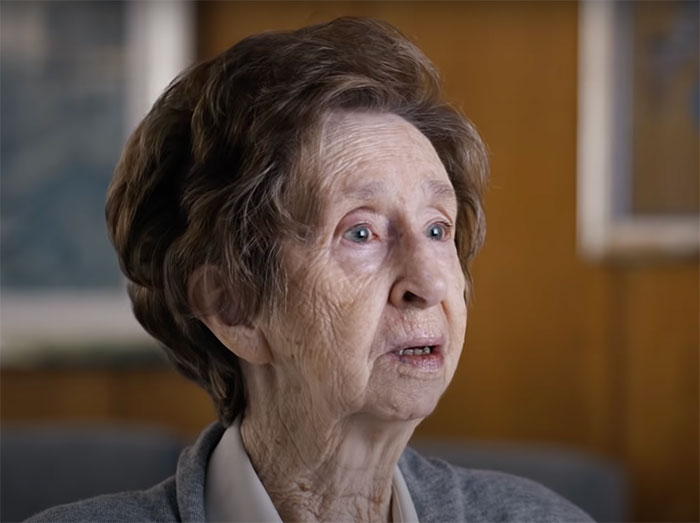
Image credits: European Patent Office
#16 Virginia Apgar – Apgar Score And Her Contributions To Neonatology
Virginia Apgar was a leader in anesthesia and pediatrics, and her research did much to reduce infant mortality. She invented the Apgar score, still used today as a way to quickly assess the health status of a newborn immediately after birth, an unprecedented advance in the field of neonatology.
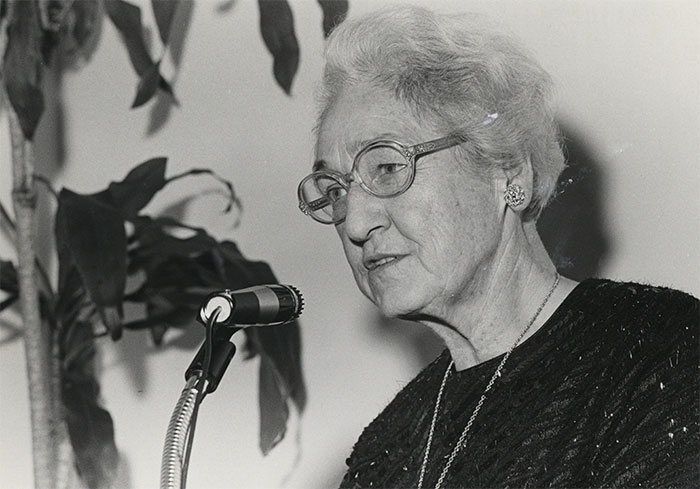
Image credits: commons.wikimedia.org
#17 Shirley Jackson – Telecommunications Research
Theoretical physicist Shirley Jackson etched her name in history as the first African American woman to earn a doctorate from the prestigious MIT in 1973. With her groundbreaking work on subatomic particles at Bell Laboratories, she laid the foundation for inventions like the portable fax, the touch-tone telephone, solar cells, fiber optic cables, and the technology integral to caller ID and call waiting.
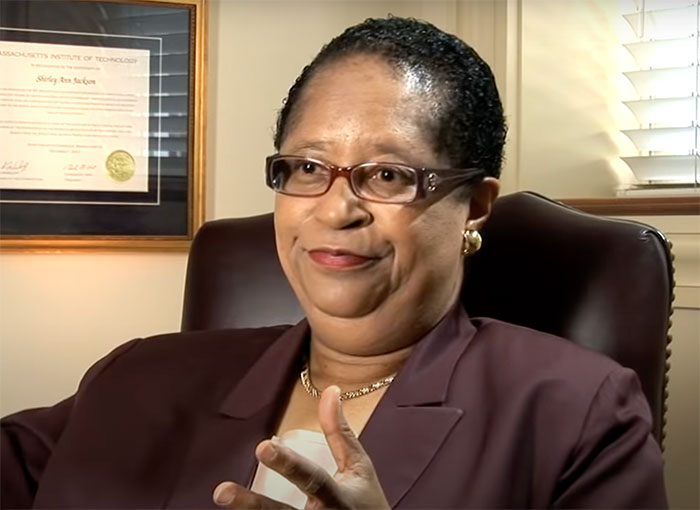
Image credits: EdisonTechCenter
#18 Marie Curie – Theory Of Radioactivity
Marie Curie, a preeminent Polish physicist, revolutionized the scientific world with her comprehensive theory of radioactivity (a term that she coined). Her ingenious techniques for isolating radioactive isotopes, along with the discovery of polonium and radium, positioned her as the first-ever double Nobel laureate, spanning multiple scientific fields.
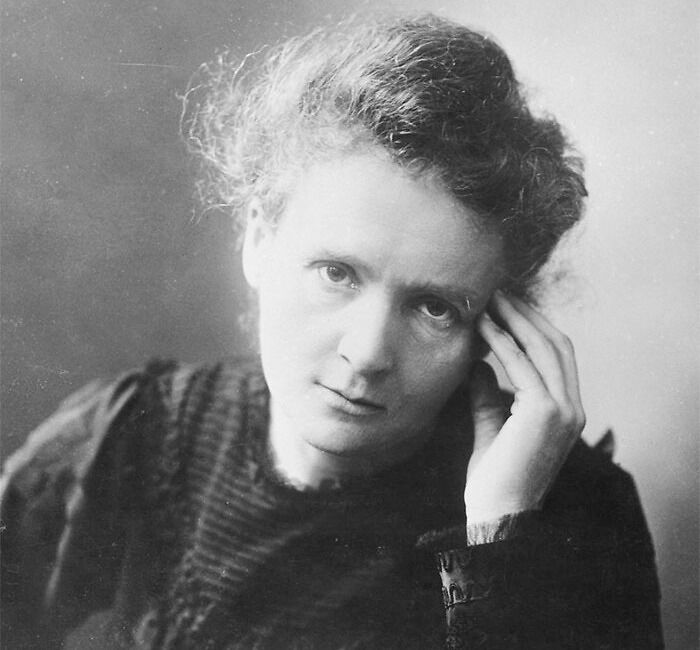
Image credits: commons.wikimedia.org
#19 Sarah Breedlove – Specific Hair Care Products
Better known as Madam C.J. Walker, Sarah Breedlove became the first self-made female millionaire in the United States. She was only 20 when she realized that black women struggled with hair loss and scalp diseases because of inadequate plumbing and harmful product ingredients. Over several years, she developed her own hair care product line, specifically targeting African American people, and branded them as Madam C.J. Walker, chosen to evoke Parisian luxury. She also set up a school to train hairdressers. This initiative created employment opportunities for thousands of African American women. As her wealth and influence grew, she made considerable donations to African American schools, orphanages, and retirement homes.
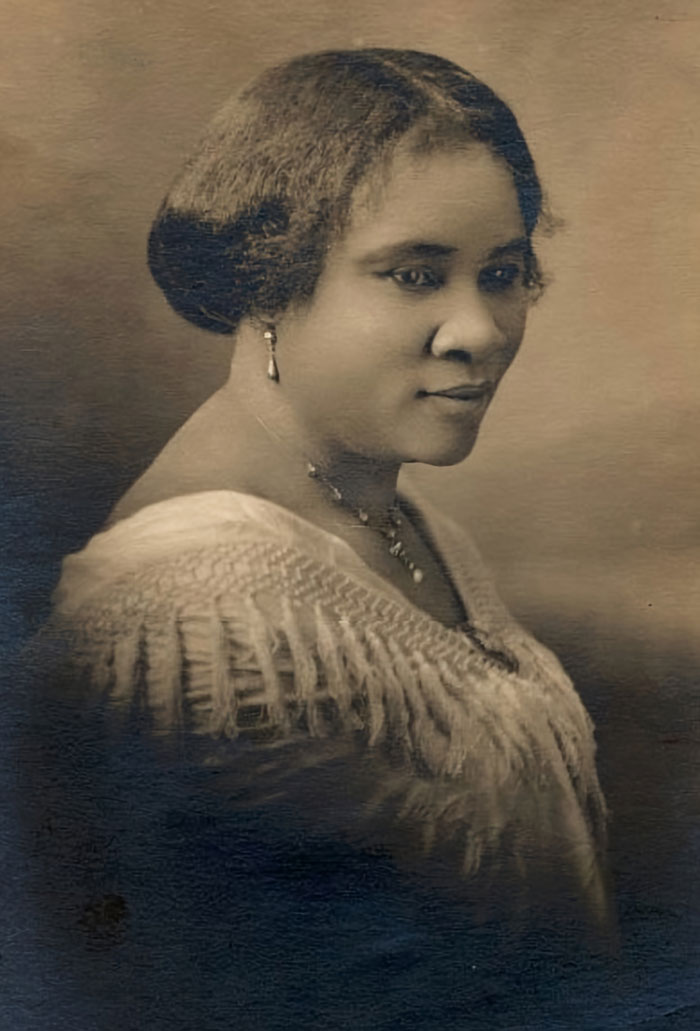
Image credits: Scurlock Studio
#20 Christine Van Broeckhoven – Contribution To Understanding Neurodegenerative Brain Diseases
Belgian biologist Christine Van Broeckhoven's groundbreaking work has advanced our understanding of neurodegenerative brain diseases, including Alzheimer's, Parkinson's, and bipolar disorder. Throughout her research, she has acquired several patents on various genes and protein products, thus forging a path toward effective treatments for these diseases.
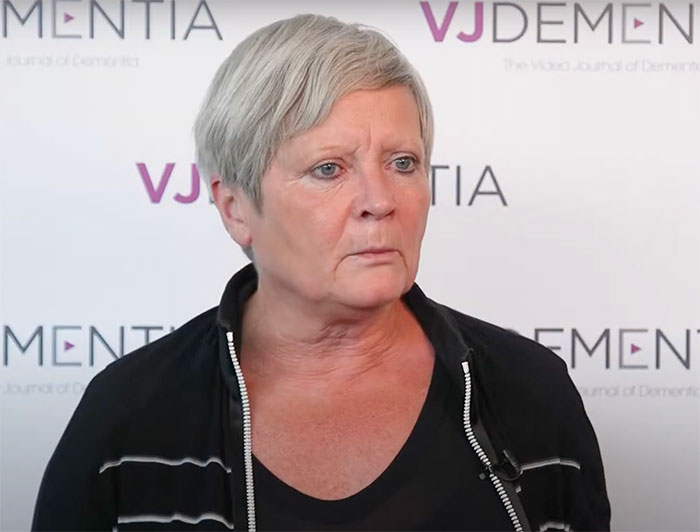
Image credits: VJDementia
#21 Lise Meitner – Nuclear Fission
Austrian Swedish physicist Lise Meitner was the brain behind nuclear fission, yet the Nobel committee overlooked her contribution. Many speculate that her active opposition to using nuclear fission for destructive purposes, such as in the Manhattan Project during World War II, affected her chance at the award, even after 48 nominations during her career.
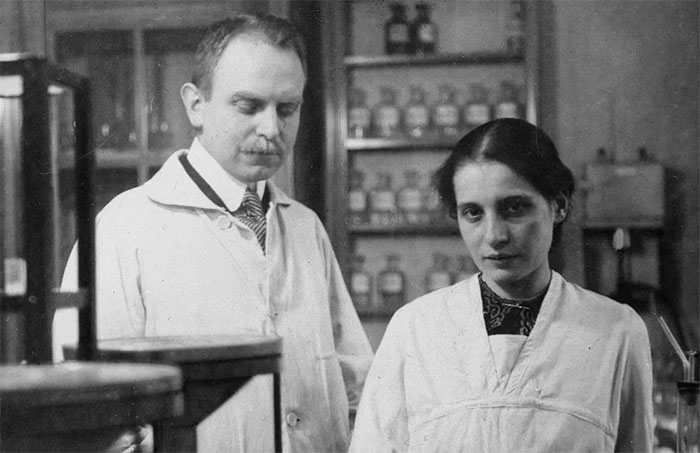
Image credits: commons.wikimedia.org
#22 Melitta Bentz – Coffee Filters
Originally a housewife, Melitta Bentz grew tired of the challenges associated with making coffee and decided to devise a solution. After testing numerous materials, she created a coffee filter, obtained a patent, and established a business for its production. Within a year, she was selling hundreds of filters, and by 1928, her company was employing dozens of people. Known for her generosity and supportive work schedules, she also instituted "Melitta Aid," a welfare fund for her employees. And if the name sounds familiar, don't be surprised: the Melitta Group is still making coffee, coffee makers, and filters today.
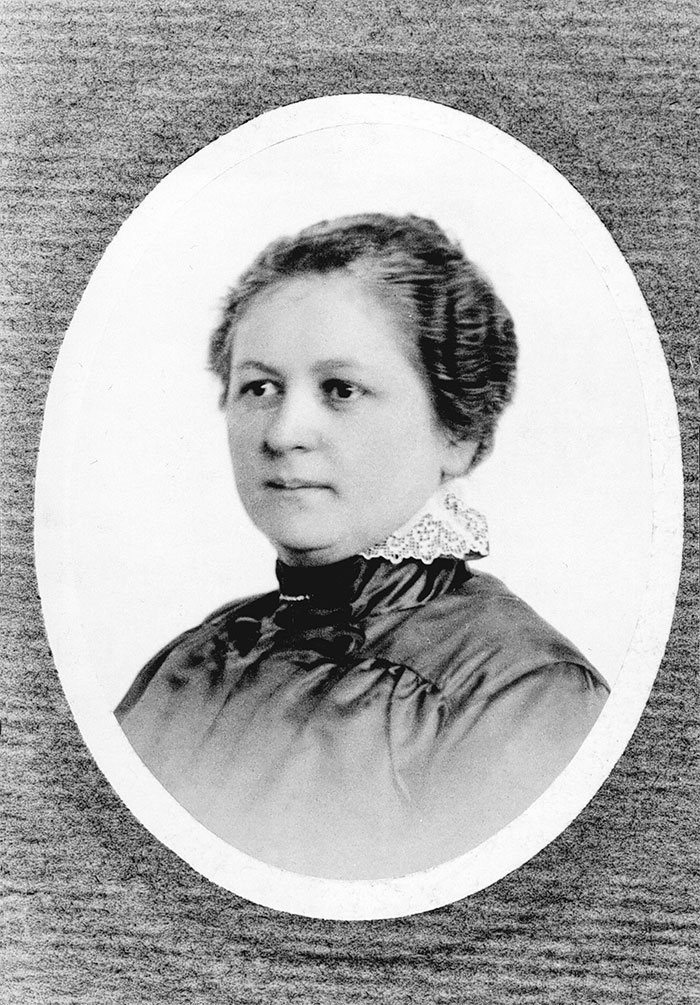
Image credits: commons.wikimedia.org
#23 Claude Grison – Metal-Eating Plants
Claude Grison, a French chemist, developed a process that uses plants to decontaminate soil polluted with heavy metals. The extracted metals are then utilized as "ecocatalysts" to produce new molecules for use in the chemical, pharmaceutical, and cosmetics industries.
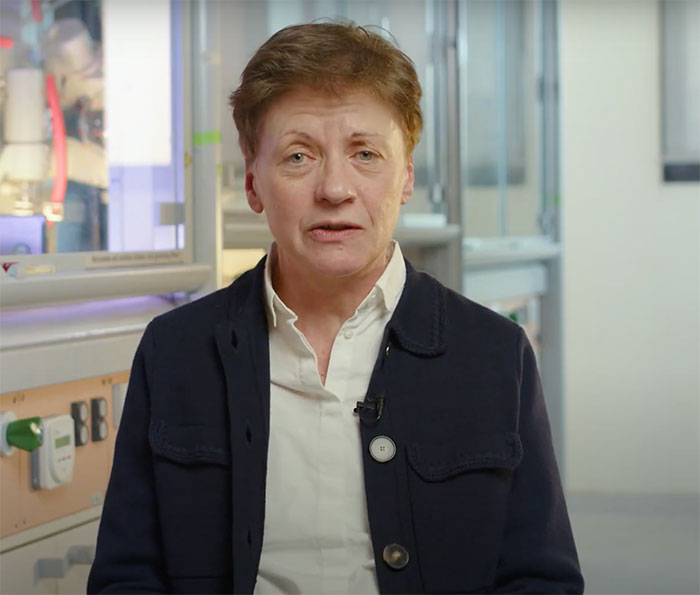
Image credits: European Patent Office
#24 Patricia Bath – Laserphaco Probe
Patricia Bath was the first African American female doctor to get a patent for a medical innovation: the Laserphaco Probe. This medical instrument, invented in 1981, employs a laser to non-invasively dissolve cataracts and clean the eye, simplifying the lens replacement process. The Laserphaco Probe is now globally recognized as an efficient and safe solution to prevent cataract-induced blindness. Bath is also the mother of community ophthalmology, which integrates public health and community medicine practices to ensure universal access to proper ophthalmological care.
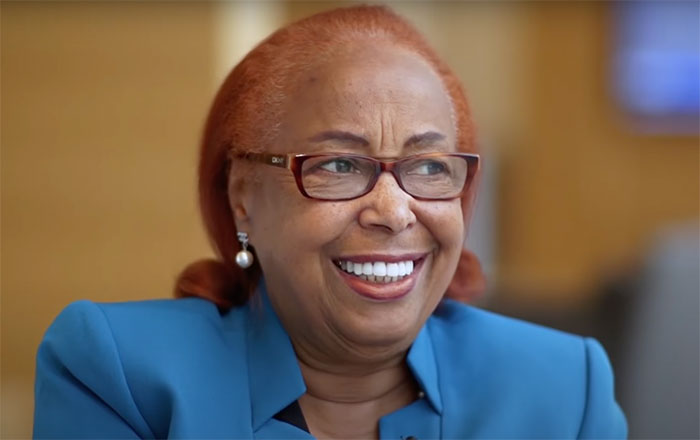
Image credits: TIME
#25 Maria Telkes – First 100% Solar-Powered House
Maria Telkes, a visionary Hungarian scientist, introduced the world's first thermoelectric power generator in 1947. Harnessing this groundbreaking technology and the principles of semiconductor thermoelectricity, she engineered the pioneering solar heating system for the Dover Sun House and designed the first thermoelectric refrigerator in 1953, securing more than 20 patents throughout her career.
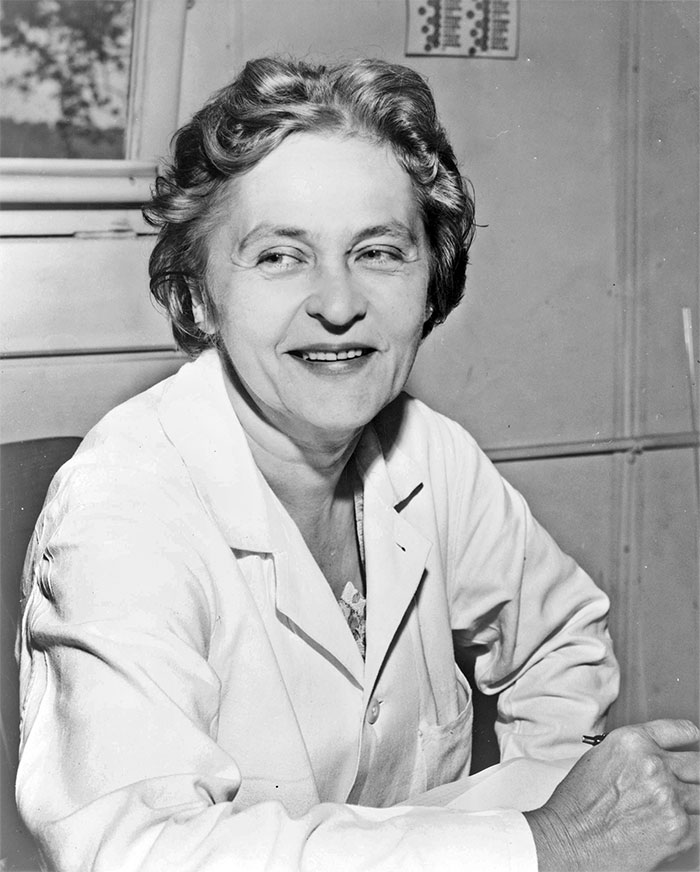
Image credits: New York World-Telegram and the Sun staff photographer
#26 Elena García Armada – Robotic Exoskeleton
Spanish roboticist Elena García Armada developed a flexible robotic exoskeleton tailored for children who use wheelchairs. This exoskeleton allows children to walk during muscle rehabilitation, improving their quality of life and potentially extending the life expectancy of those afflicted with degenerative neuromuscular diseases.
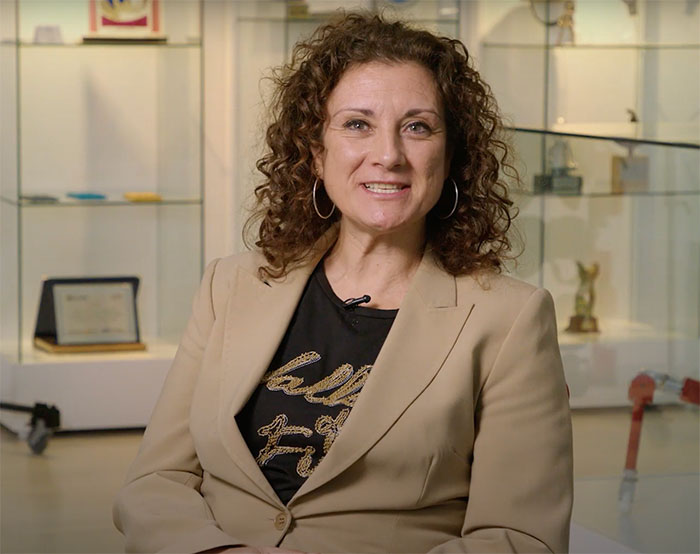
Image credits: European Patent Office
#27 Esther Sans Takeuchi – Batteries For Cardiac Defibrillators
Esther Sans Takeuchi is the inventor behind the compact batteries that power the majority of implantable cardiac defibrillators (ICDs). Her battery, which significantly benefits millions of heart patients globally, is just one of her 150 patented inventions.
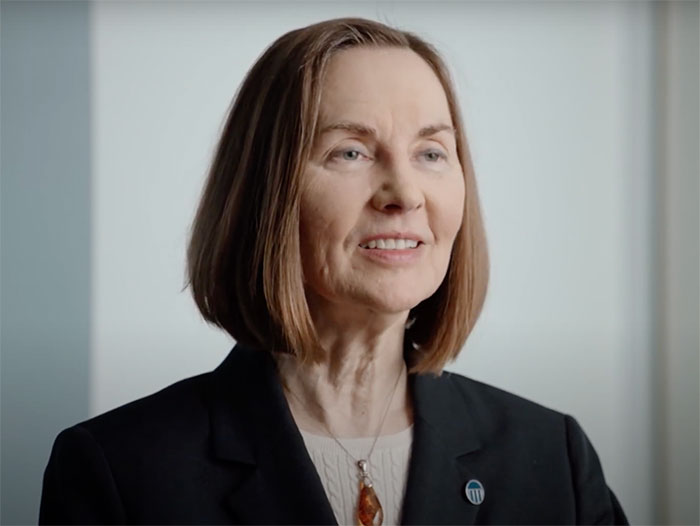
Image credits: European Patent Office
#28 Josephine Cochrane – Dishwasher
Josephine Cochrane's invention, the mechanical dishwasher, transformed household chores forever. The device used pressurized water to clean dishes held in a rack and was initially marketed to hotels before becoming a standard home appliance.
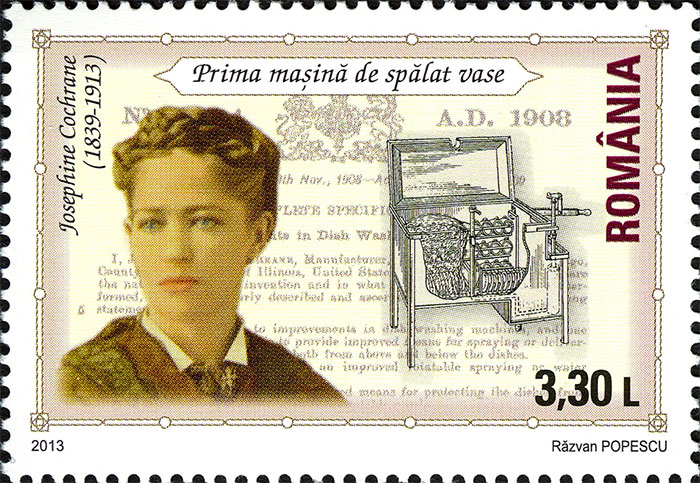
Image credits: Post of Romania
#29 Ursula Keller – Ultrafast Lasers
Swiss physicist Ursula Keller pioneered the technology for commercial ultrafast lasers used in a wide array of manufacturing and medical applications. Over a 30-year career, Keller has relentlessly progressed laser science, delivering more compact, efficient, and powerful designs crucial to fields spanning from scientific research to telecommunications and consumer electronics.
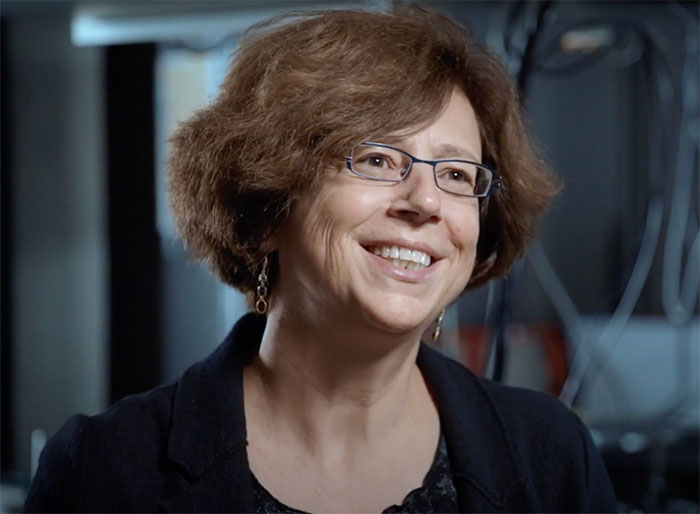
Image credits: European Patent Office
#30 Mary Anderson – Windshield Wiper
During a visit to New York City in 1902, Mary Anderson observed the danger of driving in bad weather conditions. This motivated her to devise a mechanism — a lever inside the vehicle controlling a rubber blade on the windshield — designed to enhance visibility. Despite initial difficulties in marketing her invention, the windshield wiper eventually became standard equipment on Cadillac vehicles in 1922.
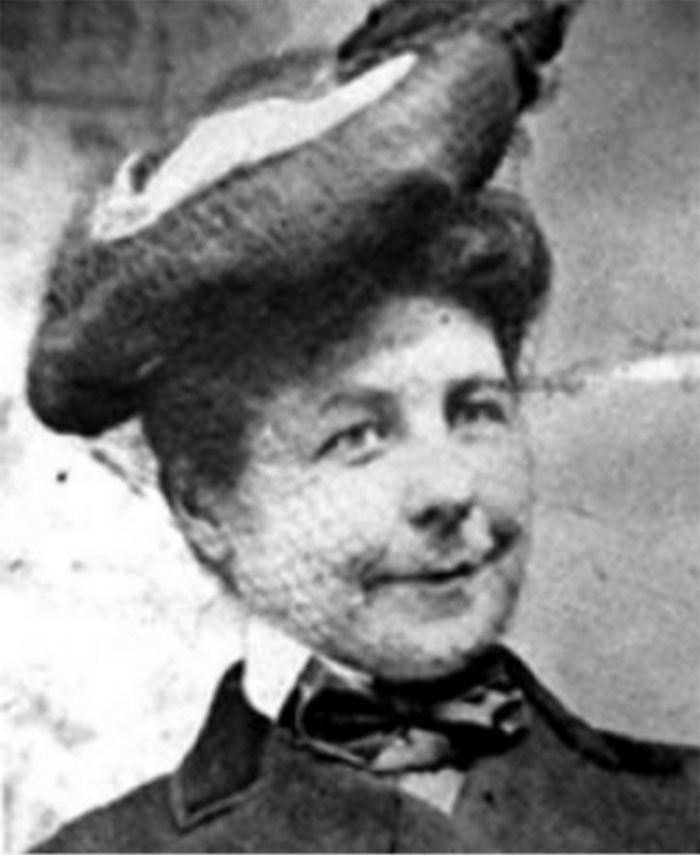
Image credits: commons.wikimedia.org
#31 Nancy Johnson – Ice Cream Maker
Nancy Johnson forever altered our summers in 1843 when she earned a patent for a hand-operated ice cream maker — an innovation still utilized today. With her device, she turned sweltering hot days into opportunities for delicious, cooling relief.
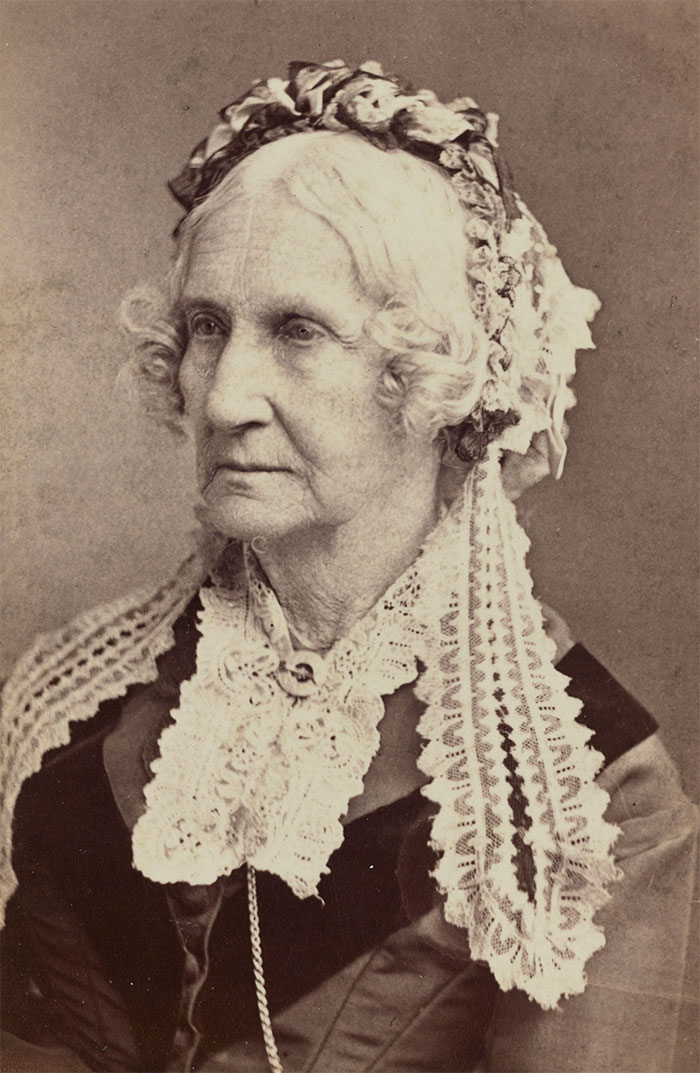
Image credits: commons.wikimedia.org
#32 Maria Beasley – Life Raft
Maria Beasley significantly improved existing life raft designs, creating a version that has since saved countless lives. Her life-saving innovation played a critical role in the survival of 706 people during the tragic sinking of the Titanic in 1912.
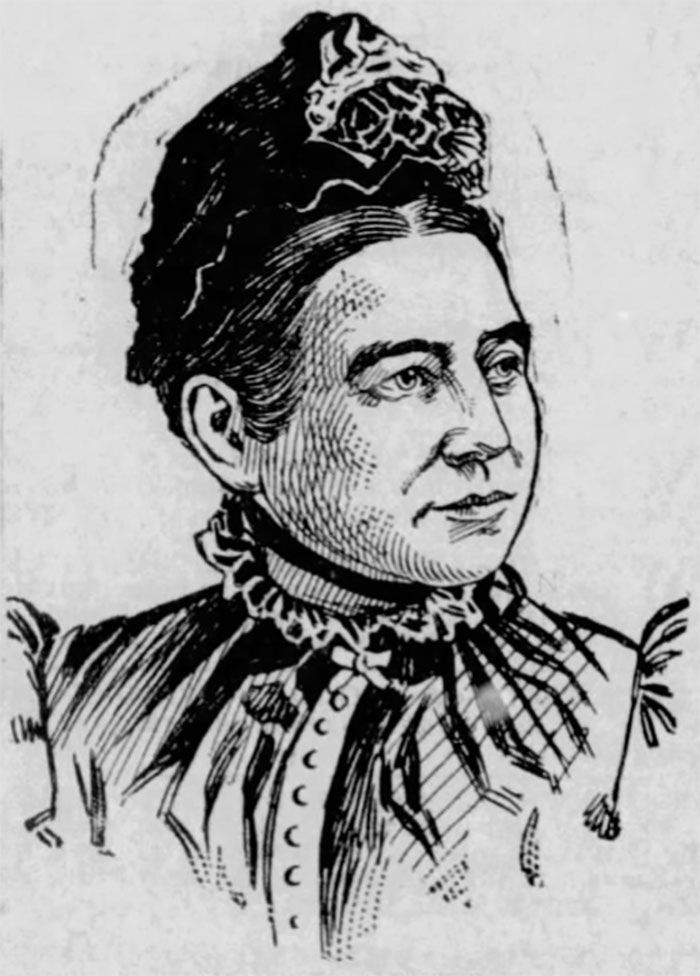
Image credits: commons.wikimedia.org
#33 Agnès Poulbot – Auto-Regenerating Tire Tread
Agnès Poulbot and co-inventor Jacques Barraud designed an "auto-regenerating" tire tread that enhances tire durability and performance, significantly reducing fuel consumption and CO2 emissions from vehicles equipped with them.
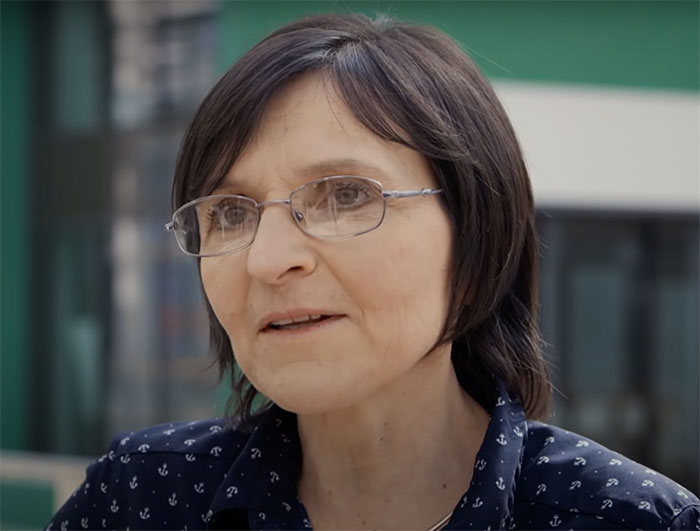
Image credits: European Patent Office
#34 Madiha Derouazi, Elodie Belnoue And Their Team – Therapeutic Cancer Vaccines
Madiha Derouazi and Elodie Belnoue, along with their team, have developed a platform for creating therapeutic cancer vaccines to aid the immune system in identifying and eradicating cancer cells in the body.
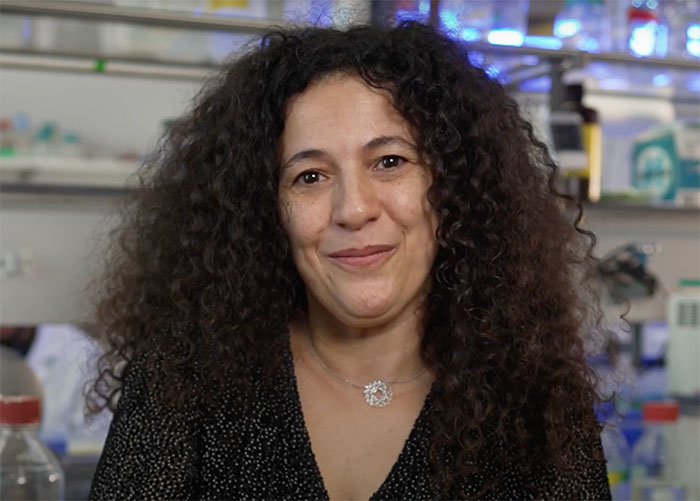
Image credits: European Patent Office
#35 Ann Tsukamoto – Stem Cell Isolation
Ann Tsukamoto and her team reshaped the landscape of medical science in 1991 when they found out how to identify and isolate stem cells. Their groundbreaking findings have enabled life-saving medical procedures like bone marrow transplants for blood cancer patients.
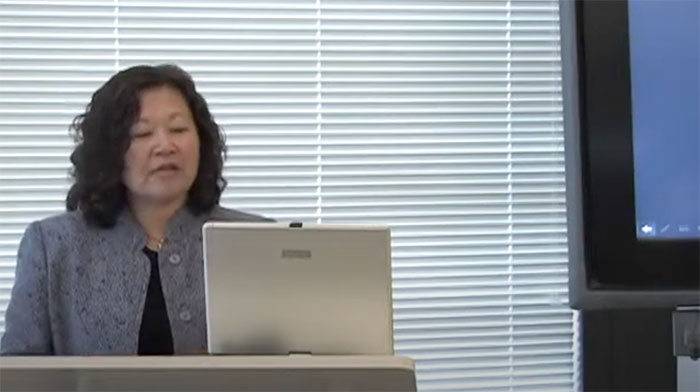
Image credits: California Institute for Regenerative Medicine
#36 Jeanne Villepreux-Power – Aquarium
French marine biologist Jeanne Villepreux-Power came up with an invention that significantly simplified the study of marine life: the aquarium. Her creation offered a controlled environment for observing marine species. Villepreux-Power improved her design by introducing two additional models. One featured a glass compartment within a cage for watching shallow-water dwellers, and the other consisted of a caged aquarium adjustable to different depths. Her work led her to become the first female member of the Catania Accademia in Sicily and numerous other scientific academies.
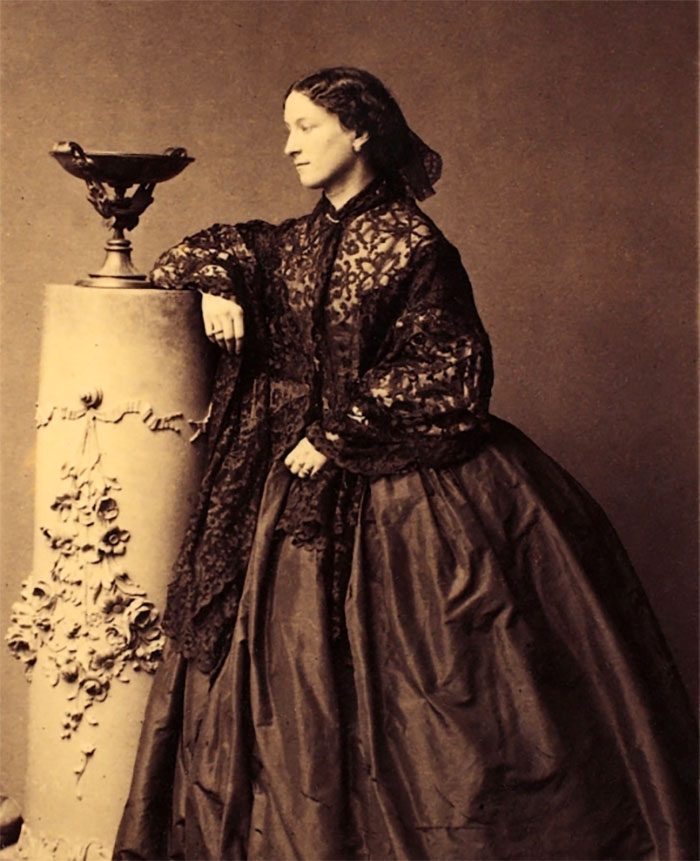
Image credits: André-Adolphe-Eugène Disdéri
#37 Sumita Mitra – Nanomaterial-Based Dental Filler
Indian American chemical engineer Sumita Mitra developed a nanomaterial-based dental filler offering superior strength, wear resistance, and aesthetic appeal. As the first to apply nanotechnology to create fillings, her invention has revolutionized dentistry. Today, dental products based on her design have been employed in billions of procedures globally.

Image credits: European Patent Office
#38 Gordana Vunjak-Novakovic – Regenerative Medicine
Gordana Vunjak-Novakovic, a Serbian engineer and academic, has broadened the horizons of regenerative medicine. She has developed a method to grow new tissue outside the body using the patient's own cells. This innovative approach presents a safer, more precise, and less invasive procedure for tissue reconstruction and holds promise for replacing damaged lung and heart tissue.
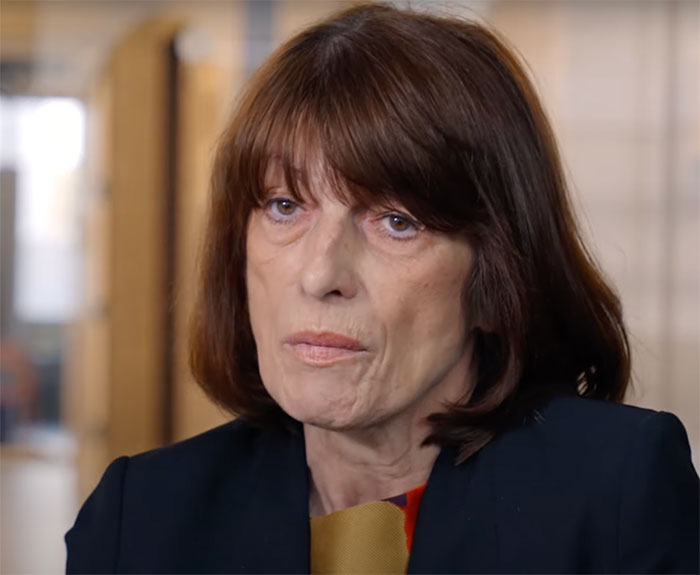
Image credits: European Patent Office
#39 Anna Stork And Andrea Sreshta – Luminaid Solar Light
In the wake of the catastrophic 2010 earthquake in Haiti, Columbia University graduate students Anna Stork and Andrea Sreshta were tasked with a disaster relief project. From a conversation with a relief worker, they identified a critical but often overlooked need in post-disaster scenarios: light. The duo designed an inflatable, waterproof, solar-powered light that can be flattened for packing, charged in 6 hours to provide 16 hours of illumination, and is equipped with a handle for easy portability.

Image credits: LuminAID
#40 Jocelyn Bell Burnell – Radio Pulsars
In 1967, while analyzing quasar data from a radio telescope in Cambridge, astrophysicist Jocelyn Bell Burnell noticed fast, regular signals emanating from rapidly rotating stars. As she termed them, these pulsars earned her team the 1974 Nobel Prize in Physics — though the award was controversially bestowed only upon her male colleagues. Despite this, she brushed it off, saying that it was standard for the directors of studies, and not all the team members, to receive the accolade.
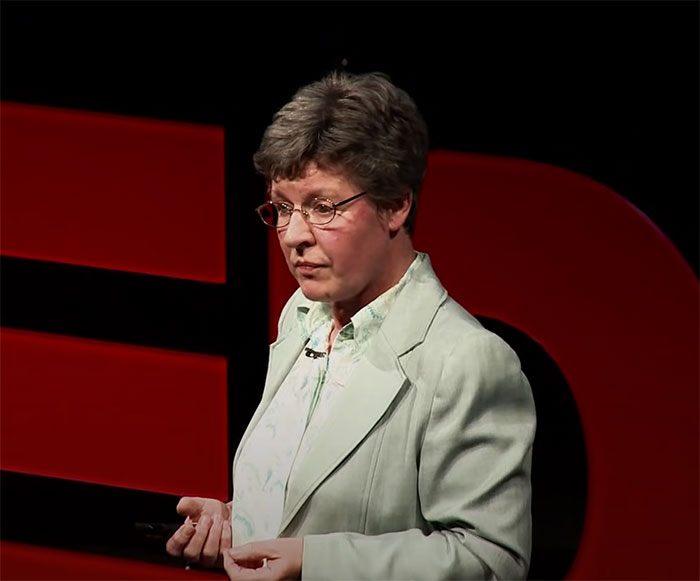
Image credits: TEDx Talks
#41 Jane Ní Dhulchaointigh – Moldable Glue
Irish inventor Jane Ní Dhulchaointigh and her team developed Sugru, the world's first moldable glue. Named after the Irish term for "play," it combines the adhesive power of super glue with the flexibility of rubber, enabling users to repair, enhance, and personalize objects — promoting a culture of "repair over discard."
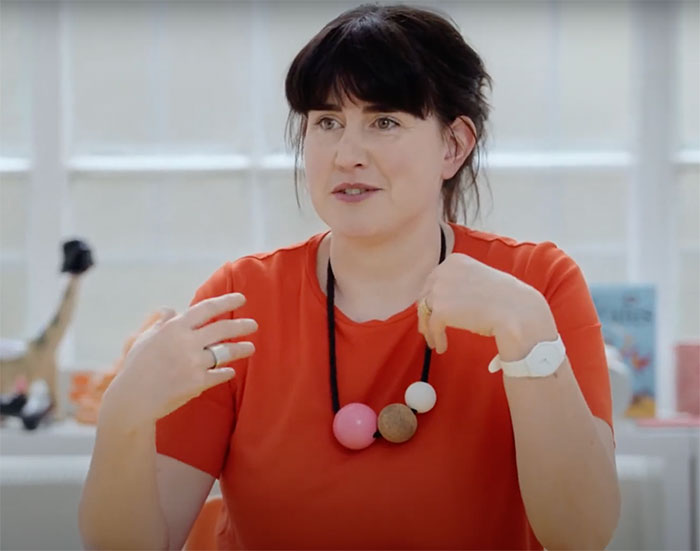
Image credits: European Patent Office
#42 Florence Nightingale – Modern Nursing
Florence Nightingale, although not an academic, was revolutionary in her time for her significant contributions to the development of modern nursing. Among her achievements are the creation of the first school for nurses, her advocacy for better hygiene standards and public health, and her patient-centered approach. She also wrote "Notes on Nursing," one of the very first books for nursing, still considered a cornerstone of this profession. International Nurses Day is celebrated on her birthday (May 12th) every year.
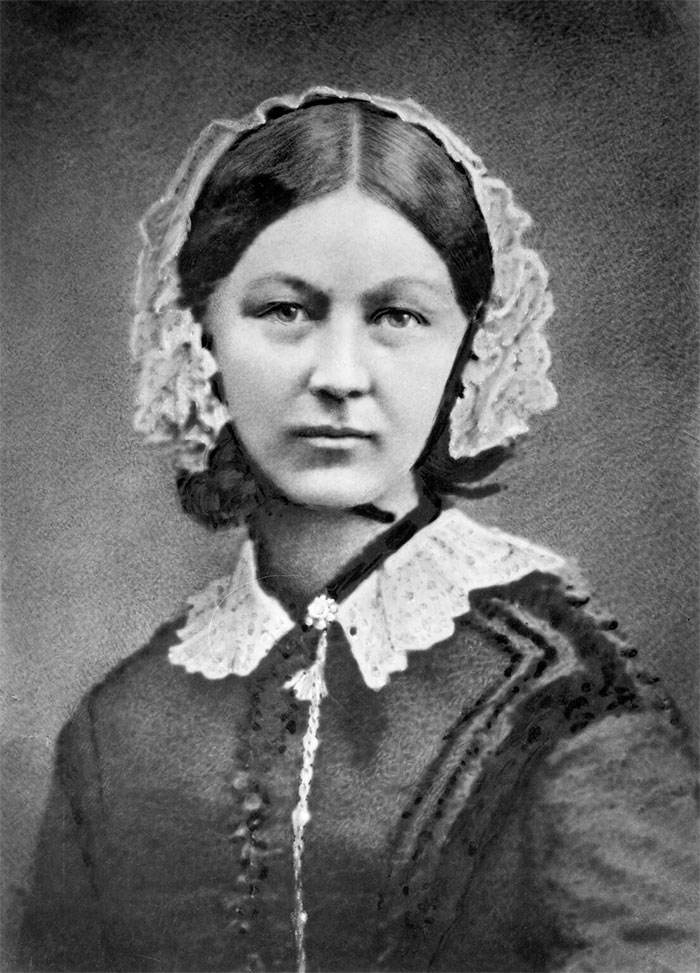
Image credits: Henry Hering
#43 Evelyn Berezin – Computerized Typewriters
Evelyn Berezin paved the way for word processing software like Microsoft Word and Google Docs. In 1969, she founded the Redactron Corporation, the first enterprise to manufacture and sell her computerized typewriters. Though her Data Secretary machine — about the size of a small refrigerator and without a screen — differed drastically from contemporary computers, it revolutionized secretarial work by enabling workers to edit, delete, cut, and paste text.
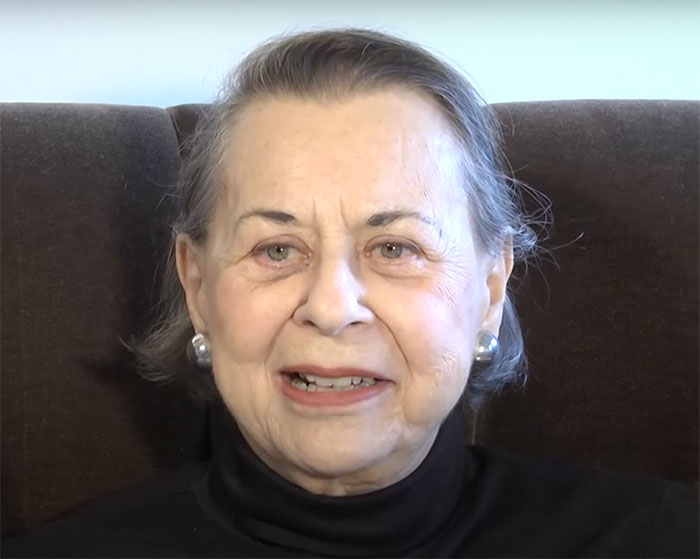
Image credits: Computer History Museum
#44 Beulah Louise Henry – Vacuum Ice Cream Freezer
Celebrated for her 110 inventions and 49 patents, Beulah Louise Henry was a prolific American inventor. As a college student in 1912, she filed her first patent for a vacuum ice cream freezer. In 1924, she relocated to New York City to establish companies to market her numerous creations. During the 1930s and 1940s, she pivoted towards enhancing existing machinery, including typewriters.
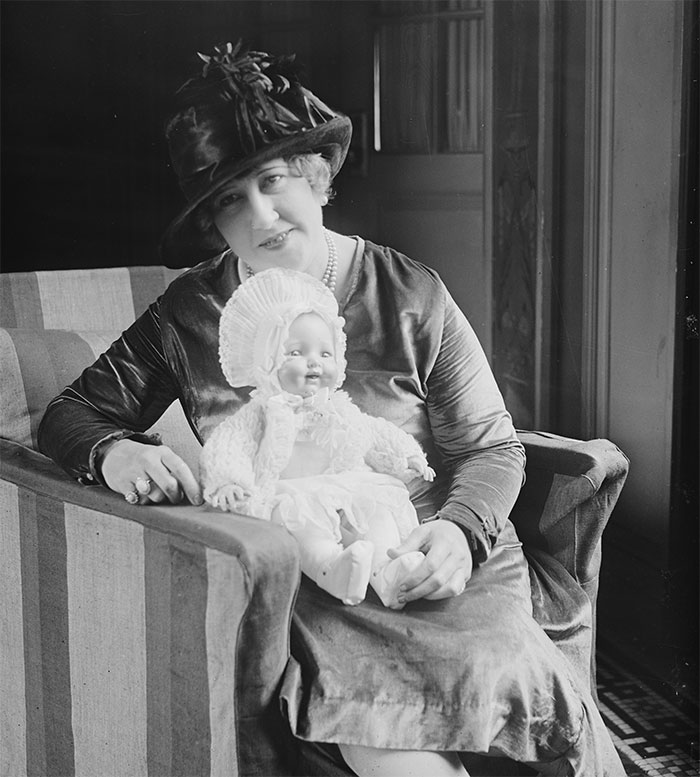
Image credits: commons.wikimedia.org
#45 Elizabeth "Lizzie" Magie – Monopoly
Elizabeth Magie crafted The Landlord's Game in 1904. This innovative board game served as a critique of unchecked capitalism and was the first version of the iconic Monopoly. However, Charles Darrow claimed her game as his own and sold it to Parker Brothers in 1935. Eventually, the company tracked down Magie, but only offered her $500 for her groundbreaking invention. In 2019, Hasbro (the company that now owns the game) received criticism for releasing Ms. Monopoly, a supposedly feminist version of the game that still doesn't recognize the woman behind the original concept.
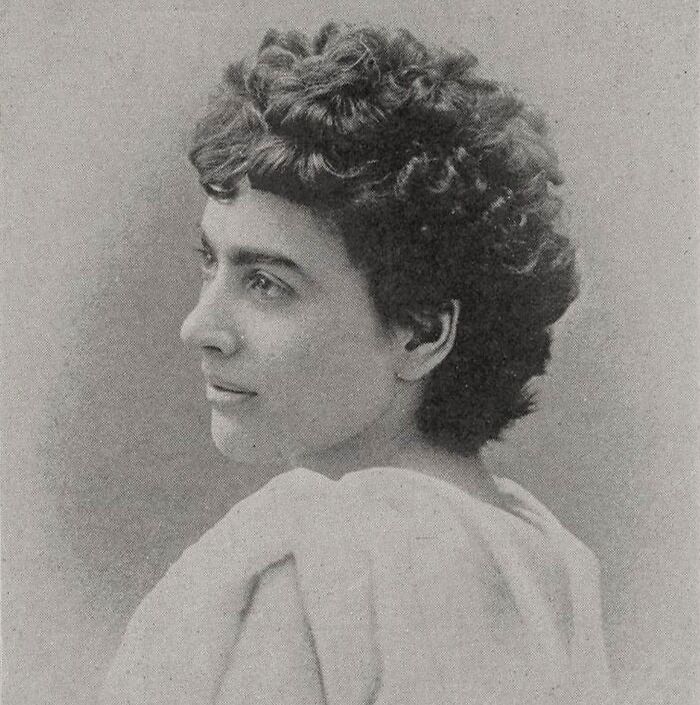
Image credits: commons.wikimedia.org
